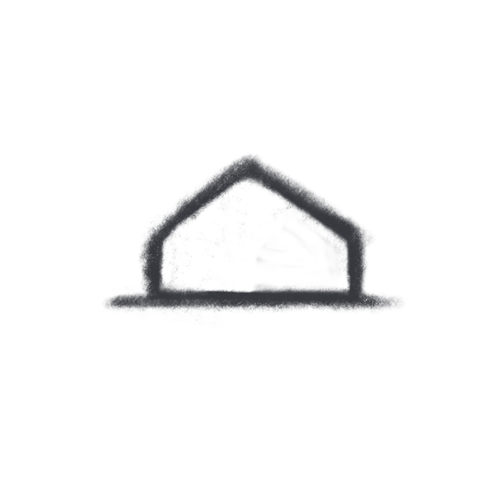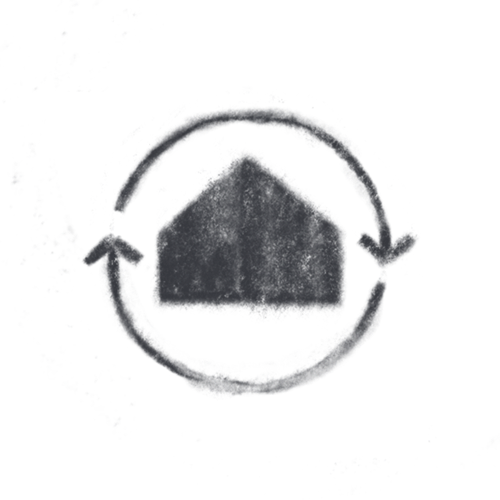Our Commitment
At Trias, sustainability is fundamental to the way that we work. It is not an afterthought, nor a catchphrase, but a motivation to be more clever, more thoughtful, and more intentional with what we build.
We acknowledge that the construction industry makes significant contributions to worldwide carbon emissions. We choose to approach this reality consciously, and with energy and hope, to ensure our projects respond imaginatively to climate change.
Our goal is to make buildings that are architecturally ambitious, and yet remain socially and environmentally responsible. To us, these two ideals are mutually reinforcing and make for better buildings. After all, good design is good for people, and better for our planet – and, as architects, we readily work at the frontier of innovation.
We are relentlessly curious about the potential of emerging materials, technologies, and metrics. We instinctively seek efficiencies and enjoy understanding technical and operational performance.
At the same time, we recognise that certain sustainable ideals are timeless: that a local climate, community, or vernacular condition is often informed by generations’ worth of learned experience. We therefore seek to understand, and modernise, certain design traditions. We seek to be good neighbours, and we treat the sites we work on with respect, sensitivity and care.
With every project, we aspire to realise this commitment and expand upon our ever-evolving knowledge, ambitions, and ideals.




